- Date 2011-12-13
- Hit 4933
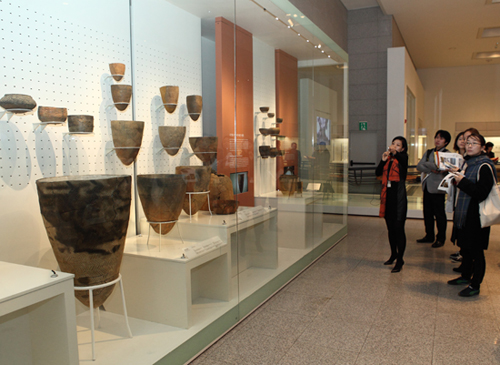
◦ Exhibits: 1,000 Paleolithic and Neolithic items including a whalebone with an imbedded harpoon
◦ Venues: Paleolithic Gallery and the Neolithic Gallery (417㎡) in the Prehistory and Ancient History Section
The Paleolithic Gallery and the Neolithic Gallery in the Prehistory and Ancient History Section of the National Museum of Korea have been remodeled and will be reopened to the public on Tuesday, December 13. The two revamped exhibition rooms will welcome patrons with close to 1,000 exhibits, of which 600 are new items, never before on display.
Items in the Paleolithic Gallery are organized into two categories: ‘large early Paleolithic stone tools’ and ‘small late Paleolithic stone tools.’ Some fifty hand axes and hand picks from the early Paleolithic Age, discovered in various locations across the Korean peninsula, will be on display, alongside nearly 400 small stone blades from the late Paleolithic Age, discovered at the Wolseong archaeological site in Daegu. Also on display will be spine-held stone knives, ferruginous quartz and black lead, presumed to have been used as sources of pigment, and various polished stone tools and arrowheads, previously identified mistakenly as Neolithic artifacts.
The Neolithic Gallery is divided into three sections: ‘Hunting, Fishing, Gathering and Agriculture,’ ‘Pottery of the
The remodeled Neolithic Gallery and Paleolithic Gallery promise to offer a yet better window to prehistoric inhabitants of the Korean peninsula by painting an intimate and vivid portrait of societies that existed in a far removed past.
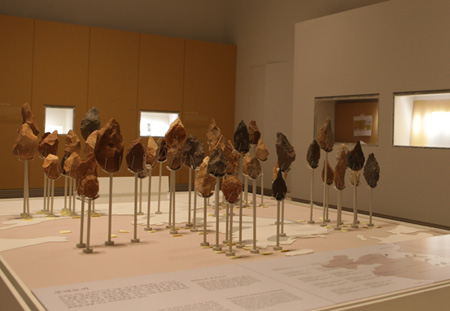
Paleolithic Gallery
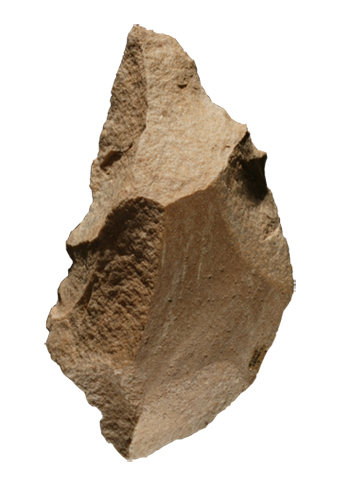
Hand axe (Jeongok-ri, Yeoncheon)
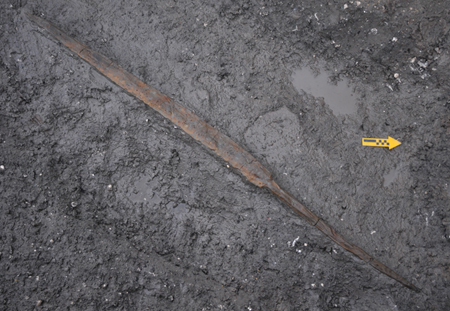
An oar discovered at a tidal mud flat (Bibong-ri, Changnyeong)
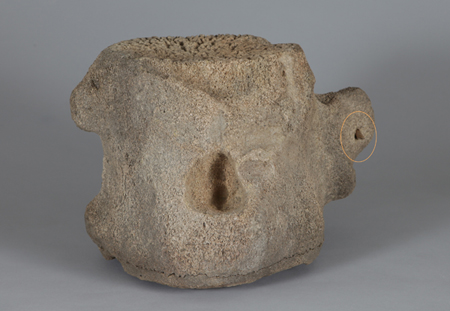
Whalebone with imbedded harpoon (Hwangseong-dong,
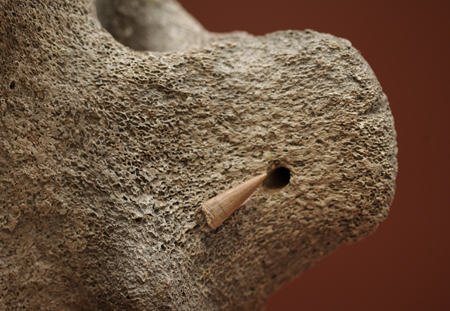
Whalebone with imbedded harpoon (Hwangseong-dong,
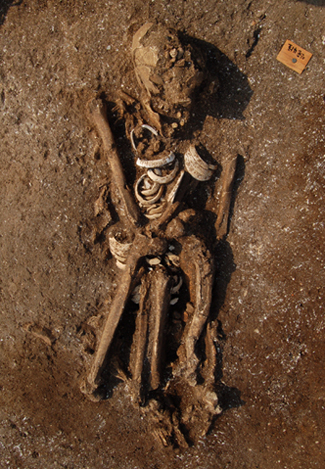
Neolithic human remains (
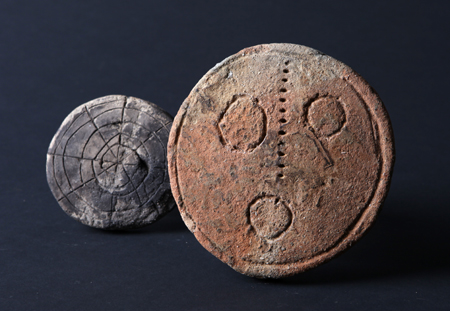
Round clay objects (Jukbyeon, Uljin)
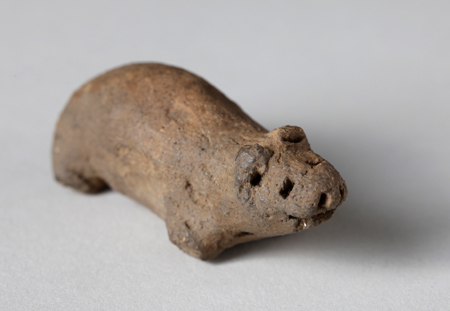
Animal-shaped clay object (Osan-ri, Yangyang)
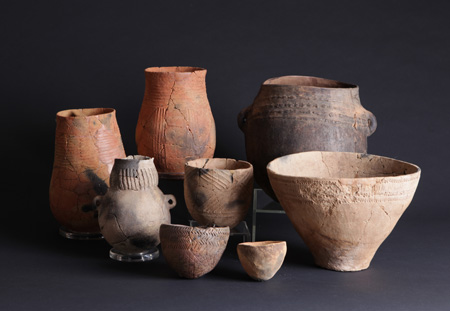
Neolithic pottery (






 X
X  Facebook
Facebook